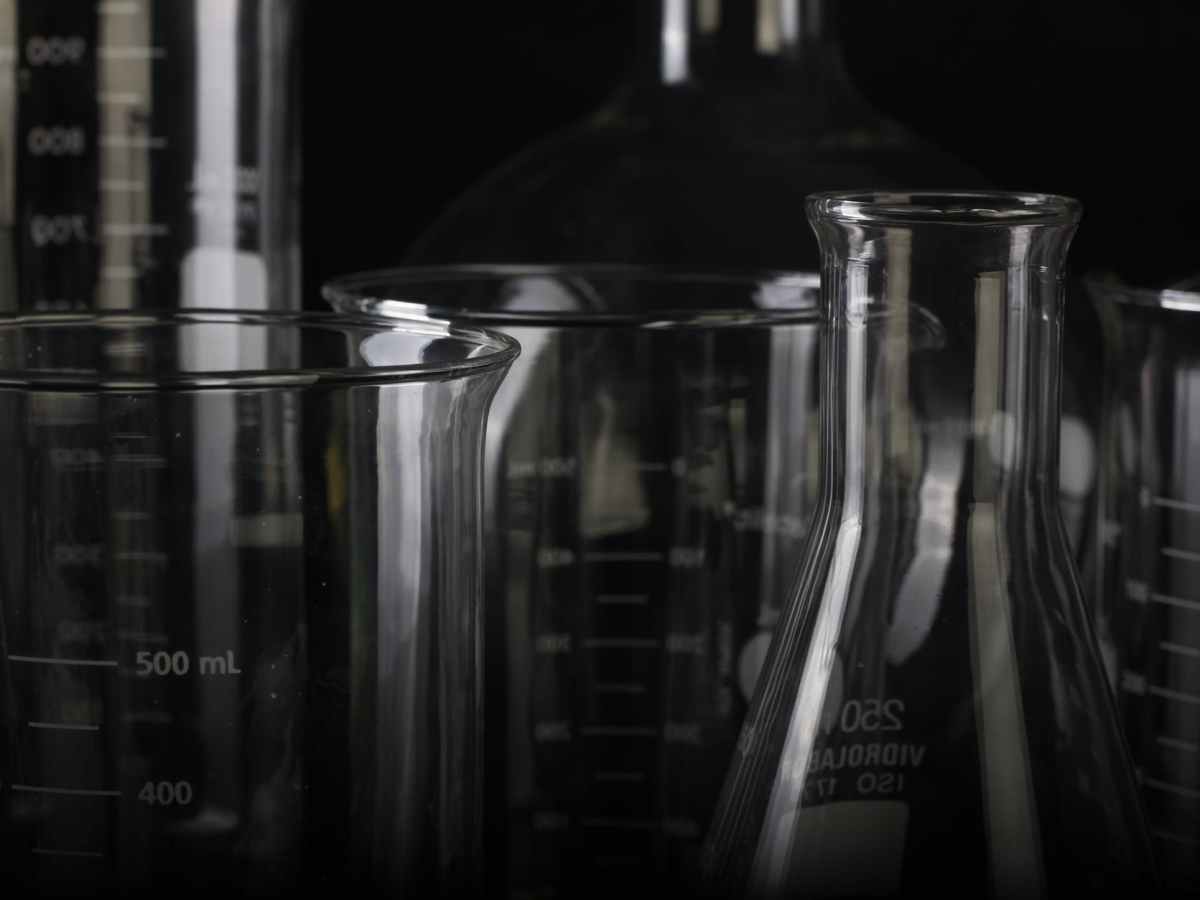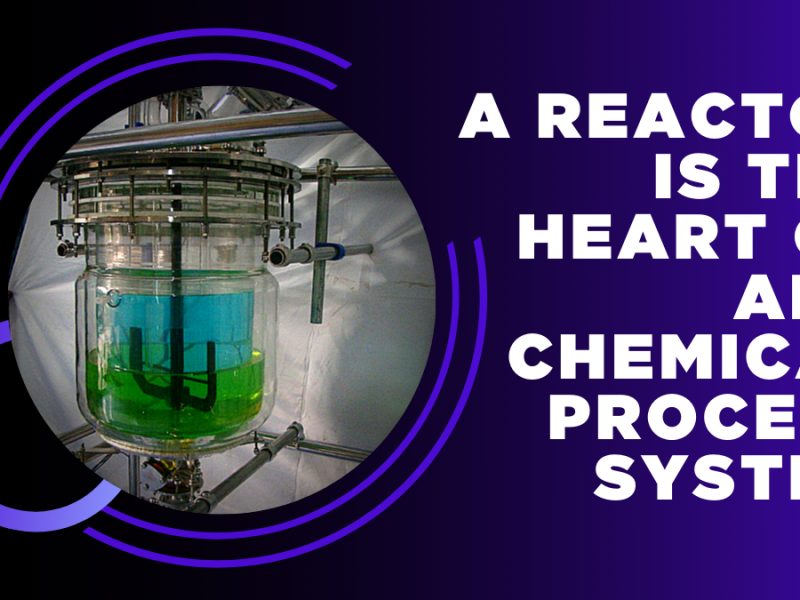Scientific Glass Equipment
industrial glass Equipments | Chemical Glass Equipment | laboratory glass Equipments
Laboratory glassware Industrial Glassware and chemistry glassware use glass vessels because of Glass Material special properties like glass can be Glass can be blown, bent, cut, molded, and formed into many sizes and shapes,
The main characteristics of glass are transparency, heat resistance, pressure and breakage resistance and chemical resistance.
Boroscilicate Glass
Borosilicate glass is a type of glass that includes silica and boron trioxide, which allows for a very low coefficient of thermal expansion. that means this boroscilicate glass will not brake under instant temperature changes as other standard glass this glass is used for laboratory and chemical industries kilo lab pilot plants as research or…
HCL Gas Generation Unit
Hydrogen Chloride(HCL Gas) is commercially to be had inside the shape of 30% concentrated aqueous solution of Hydrochloric Acid. In many industrial programs, where presence of moisture isn’t desirable, HCl is used inside the anhydrous form. Due to extensive software of this shape of HCl in chemical, pharmaceutical and laboratories, technology of anhydrous HCl is…
Jacketed Glass Reactors, Heart of Chemical Process System
jacketed glass reactor which is a heart of chemical process system detailed info article by ablaze glass works, India
Latest from the Blog
List of Pages
Types of Glass Materials
A guide to the 4 Major glass types
Flat glass (made from the Float Process — read on below) is often processed to suit many distinct programs and requirements.
Using a vast variety of technologies in the glass business, this guide will allow you to realize the 4 major glass types used in the modern businesses.
64 decades after, there are currently 260 float plants worldwide that make glass panels up to 3 meters in diameter and between 0.4mm and 25mm thick.
These crops, which may be up to 1 kilometer long, produce a combined output of about 800,000 tonnes of glass a week!
The ultimate strength of glass is related to the pace at which it is chilled. There are four Chief types or advantages of glass:
1) Annealed Glass
Annealed glass is a basic product made in the annealing phase of the float procedure.
The molten glass is allowed to cool slowly in a controlled manner till it reaches room temperature, relieving any internal stresses in the glass.
With this controlled slow coolingsystem, glass could crack relatively little change in temperature or slight mechanical shock.
Annealed glass is used as a foundation merchandise to form more sophisticated glass types.
2) Heat Strengthened Glass
Heat Strengthened Glass is semi tempered or semi toughened glass.
The heat strengthening process entails heating annealed glass back up to approximately 650 to 700 degrees Celsius and then cooling it quickly, although not as fast as using toughened glass.
The warmth strengthening procedure increases the mechanical and thermal strength of annealed glass, making it twice as tough as annealed glass.
If it divides the fragments are similar in size to annealed glassbut with a higher likelihood of remaining together.
This glass is not frequently utilized in balustrades or similar structural applications due to its limited strength in contrast to tempered or toughened glass, although is sometimes specified when there is concern of tempered glass fracturing into thousands of little pieces.
3) Tempered or Toughened Glass
This really is the most usual type of glass employed in balustrades or comparable structural applications.
Annealed glass is heated to approximately 700 degrees Celsius from conduction, convection, and radiation.
The heating process is accelerated by means of a uniform and simultaneous burst of air on the two surfaces.
The different cooling rates between the outside and the inside of the glass creates different physical attributes, resulting in compressive stresses in the surface balanced by tensile stresses in the body of the glass.
This procedure makes the glass four to five times stronger and safer than annealed or untreated glass.
The counteracting stresses or surface compression provides the toughened glass its enhanced mechanical resistance to breakage, and when it does break, makes it produce small, routine, typically square fragments rather than lengthy, dangerous shards that are far more likely to cause accidents.
4) Laminated Glass
Any of the above kinds of glass could be laminated.
The most typically used finished product is just two sheets of toughened glass, laminated together with a 1.52mm thick Polyiynil Butyral (PVB) interlayer.
Laminated glass offers many advantages. Safety and security will be the best known of these, so instead of shattering on impact, laminated glass is held together by the interlayer.
This reduces the security hazard associated with shattered glass fragments, as well as, to a level, the security risks associated with easy penetration.
When a glass panel breaks or shatters It’s highly unlikely that both laminated panels will crack at the same time,
This means that the remaining and interlayer will support the glass and keep it set up as edge protection until it is replaced or secured suitably.
Another increasingly frequent interlayer is the SGP Interlayer.
In the unlikely case of both panes of toughened glass breaking then the SGP will, in most applications, hold the glass in place.
SGP provides an enhanced impact performance and increased protection against severe weather.
An assortment of different interlayers can be found which employ a range of different technology to the application.
Structural interlayers can be used to enhance the strength of the glass at which high loadings are demanded.
Colored interlayers may be used for solitude or purely decorative functions. Other attributes like sound-dampening and flame resistance may also be integrated into the interlayer.
Get new content delivered directly to your inbox.

